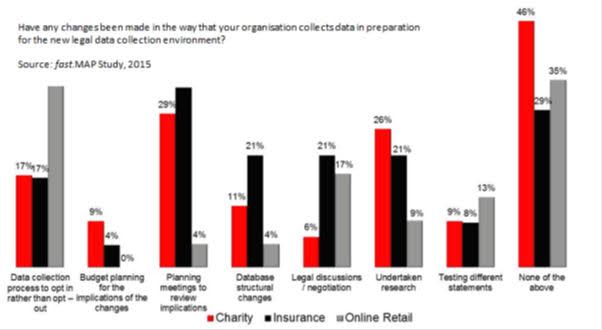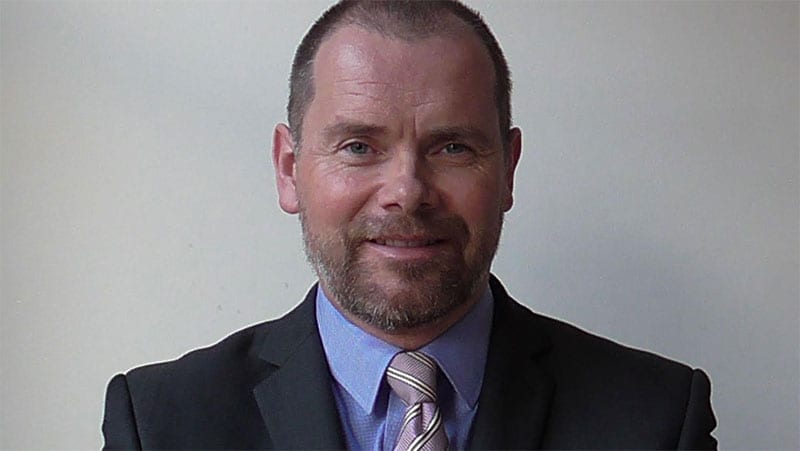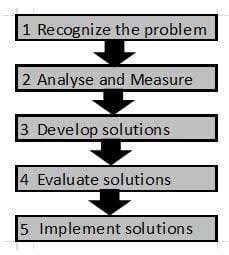Are you geared up for affirmative consent?
New EU data consent legislation will have an impact on all charities. But they can make “clear and affirmative consent” work to their advantage by identifying, changing and testing the wording, structure and channel options which are deterring people from granting permission to contact.
Speculation about the content of new EU data protection legislation is at an end – putting fundraisers on a tight deadline to combat the database shrinkage “affirmative consent” will otherwise bring.
2016s biggest fundraising challenge will be to secure enough consents to avoid revenue shrinkage. There is a limited and diminishing amount of permission around and the EU legislation changes will mean fundraisers must take action if they want to maintain a viable consumer database.
EU reveals wording of consumer-consent legislation to set the compliance clocks ticking
The European Parliament’s Committee on Civil Liberties, Justice and Home Affairs (LIBE) has at last revealed that the wording of the legislation which will create a uniform set of rules across the EU.
This agreed wording will be officially voted into law in spring 2016 and member states will have two years to apply its provisions.
The agreed wording of the three clauses which most concern fundraisers:
• “Clear and affirmative consent to the processing of private data by the person concerned, so as to give consumers more control over their private data. This could for example mean ticking a box when visiting an Internet website or by another statement or action clearly indicating acceptance of the proposed processing of the personal data. Silence, pre-ticked boxes or inactivity will thus not constitute consent. It should also be as easy for a consumer to withdraw consent as to give it
• plain language: MEPs insisted that the new rules must put an end to “small print” privacy policies. Information should be given in clear language before the data is collected
• fines of up to 4% of firms’ total worldwide annual turnover should constitute a real deterrent to breaking the rules”
The challenge is significant and fundraisers will have to work harder and be more creative if they are to convince people to actively give consent, because they will no longer be able to rely on people’s inertia in failing to opt-out.
Charities’ most vital marketing challenge over the next two years will be to collect enough “clear and affirmative” consents-to-contact to ensure they will continue to be able to generate viable donation levels.
For ethical reasons, many major charities have pre-empted any legal requirement and already started to work towards a change to explicit consent. Many are using fast.MAP’s unique Consent Optimising Benchmarks to increase the effectiveness of their permission statements by identifying, changing and testing wording, structure and channel issues which are suppressing response.
Perfecting permission statements
December’s EU LIBE announcement of the agreed wording will act as the starting pistol for other fundraisers to use all their creative and persuasive marketing talents to perfect permission statements which address people’s fears about the safe and secure handling of their data and convince them that they will benefit from giving consent.
Explicit consents are there for the winning, but it will take more than basic legally-compliant permission statement wording to reap them.
This chart illustrates the fundamental changes needed to prepare for “clear and affirmative consent”.
But fast.MAP research illustrates the charity sector is one of the least prepared – last year, only 4% had even had planning meetings to review the implications.
The chart below shows some of the most important steps needed to comply with the legislation and the progress being made within three major market sectors – charity, insurance and online retail. Charities are leading the way only in undertaking research and planning budgets.

How have organisations changed how they collect data in preparation for the new legal data collection environment?
For those pragmatic fundraisers who recognise marketing consent is the new battleground, a good starting point would be to measure consent levels. In the same way Professor Merlin Stone in 1990 introduced the concept of measuring a customer’s lifetime value (CLV), charities can now place a value on consent.
fast.MAP has developed a free IPV calculator (fast.MAP’s free IPV calculator) which measures a brand’s Incremental Permission Value and starts the process of improving the organisation’s chances to triumph on the consent battle-ground.
This calculation will equip fundraisers with a way of measuring their success as they strive to improve consent rates by tailoring their permission statements to target their key demographic groups. Look out for advice on how to do this in my next article…

David Cole is MD of online research company fast.MAP.
Main image: people’s consent tick box by Jakub Grygier on Shutterstock.com
Advertisement




